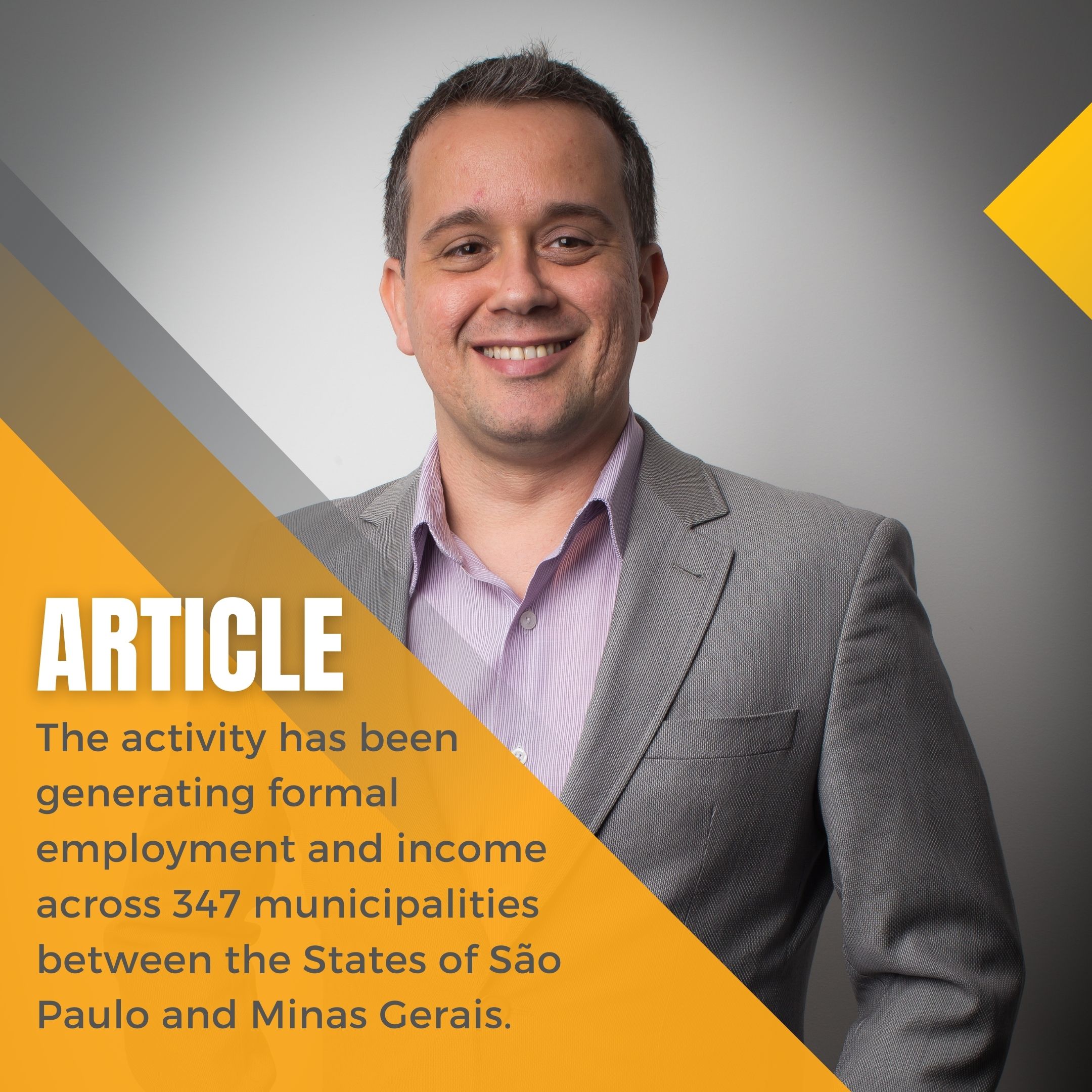By Ibiapaba Netto, executive-director of CitrusBR
The 2021/22 harvest, estimated by Fundecitrus on May 27th, 2021, is expected to generate approximately 294.17 million orange boxes weighing 40.8 kilos each. Considering an average of 260 fruits per box, about 76.5 billion fruits will need to be harvested by human hands, which outlines the magnitude of the activity and its need for labour.
Over the last few decades, orange production has taken over as one of the main agribusiness employers in the State of São Paulo and in Brazil. Each year, depending on the size of the crop, somewhere between 40,000 and 50,000 workers are hired to harvest these fruits. In 2020, this meant 6.7% of the jobs created in Brazil, a country with 220,000,000 inhabitants, of which around 14,000,000 face the grim reality of unemployment aggravated by the Coronavirus pandemic.
Every month, the Special Secretariat for Labour and Employment, linked to the Ministry of Economy, releases data from the General Registry of Employed and Unemployed People (CAGED, in Portuguese) which makes it possible to monitor the contracts flow in Brazilian economy in general and in citrus farming in particular. This data is important because it allows for a broader analysis of the importance of this activity for thousands of families.
By registering an employee in the system, the employer begins a cycle that requires them to fulfil and demonstrate compliance with all of their responsibilities towards that employee. Payment slips are generated, taxes have to be paid and a series of benefits start to be computed. 60% overtime payment, maternity leave, paid vacation and payment of the 13th salary. In the State of São Paulo, where about 80% of orange production is located, there is the so-called paulista minimum wage, a local wage which is higher than the Brazilian minimum wage.
The Brazilian harvest’s commercial year starts in June and goes on until February. These eight months (sometimes nine) are the months of peak production. However, it is not uncommon for the harvest to start before this period and/or end later, which means that it goes on practically throughout the whole year, especially if we consider the fresh fruit market, which also harvests in the so-called off-season periods.
Citrus farming is the third most important agricultural activity in São Paulo, only falling behind sugarcane and livestock production, and has had an extremely positive impact in employment and income generation. In 2019, Governor João Doria published a message acclaiming the importance of citrus farming, which is the third most important agricultural activity in the State of São Paulo and the seventh largest Brazilian agribusiness export complex.
Opportunities in the orange chain, however, are not limited to the harvest. Over the past few years, citrus farming has become increasingly efficient and sustainable. This requires skilled labour, research and a lot more. In this journey of ours, in the materials we are going to share, we intend to bring some of this vision, an invitation to look beyond stereotypes of pre-defined concepts. Thanks for reading!
Cheers.


